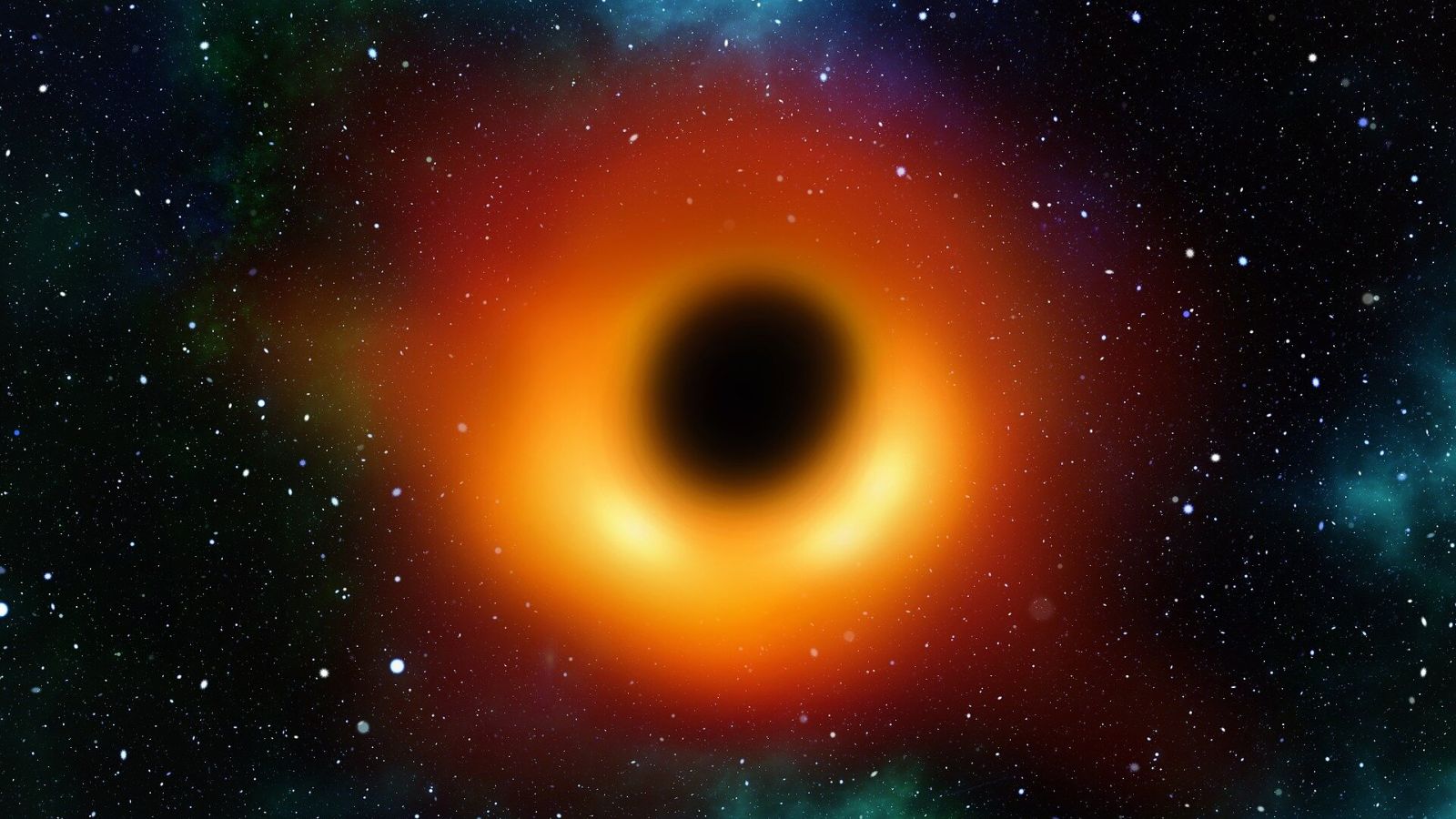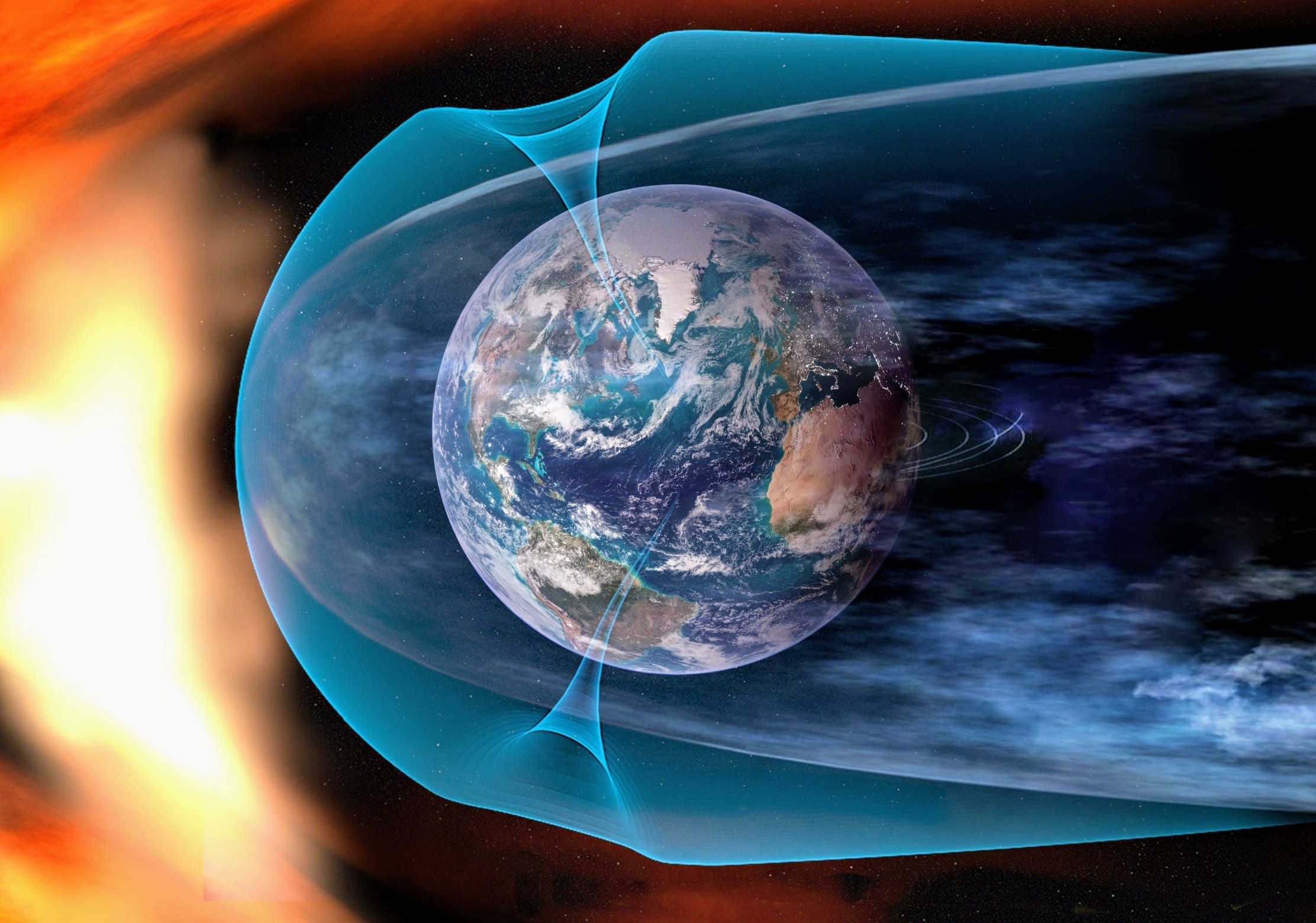A Supermassive Black Hole Awakens After Two Decades of Dormancy

In a remarkable and groundbreaking discovery, astronomers have identified a supermassive black hole that has recently reactivated after a lengthy period of dormancy that lasted two decades. This significant finding adds a new chapter to our understanding of cosmic phenomena and the behavior of black holes.
Situated in the heart of the SDSS1335+0728 galaxy, which lies approximately 300 million light years away from Earth in the Virgo constellation, this colossal black hole was first detected by the Zwicky Transient Facility. The facility noticed a sudden and dramatic change in the brightness of the galaxy during late 2019, a signal that piqued the interest of scientists worldwide.
The black hole in question possesses a mass estimated to be around one million times that of our Sun. It has been emitting intense light across various wavelengths, including infrared, optical, and ultraviolet, for some time. However, it was last year that astronomers based in Chile made a crucial observation: the black hole began to release bursts of X-rays, a clear indication that it was stirring from its nearly 20-year-long slumber.
Following these initial observations, the black hole started to actively consume gas from its surroundings, transforming the galaxy into one characterized by an active galactic nucleus (AGN). Scientists have affectionately dubbed this newfound activity “Ansky.” Continuous observations over the past four years indicate that the black hole remains active, far exceeding the duration typically associated with the brightest supernova flares. Nevertheless, it's worth noting that the luminosity of this awakened black hole is still less intense than that of quasars, some of the most radiant objects in the universe.
“Imagine you’ve been observing a distant galaxy for years, and it always seemed calm and inactive. Suddenly, its core starts showing dramatic changes in brightness, unlike any typical event we’ve seen before,” explains Paula Sanchez Saez, the lead author of the study, who was instrumental in the discovery of this massive black hole's awakening.
While it is not unusual for black holes to enter periods of dormancy, during which they refrain from consuming matter, this particular instance marks the first documented observation of a black hole transitioning from a quiet state to an active one. Such observations are not just fascinating; they offer scientists invaluable insights into the evolution of galaxies and the growth of black holes, enhancing our understanding of these formidable cosmic giants.



















